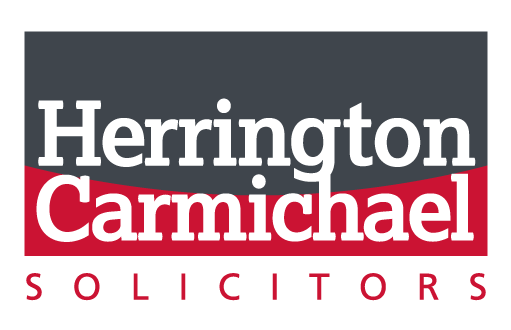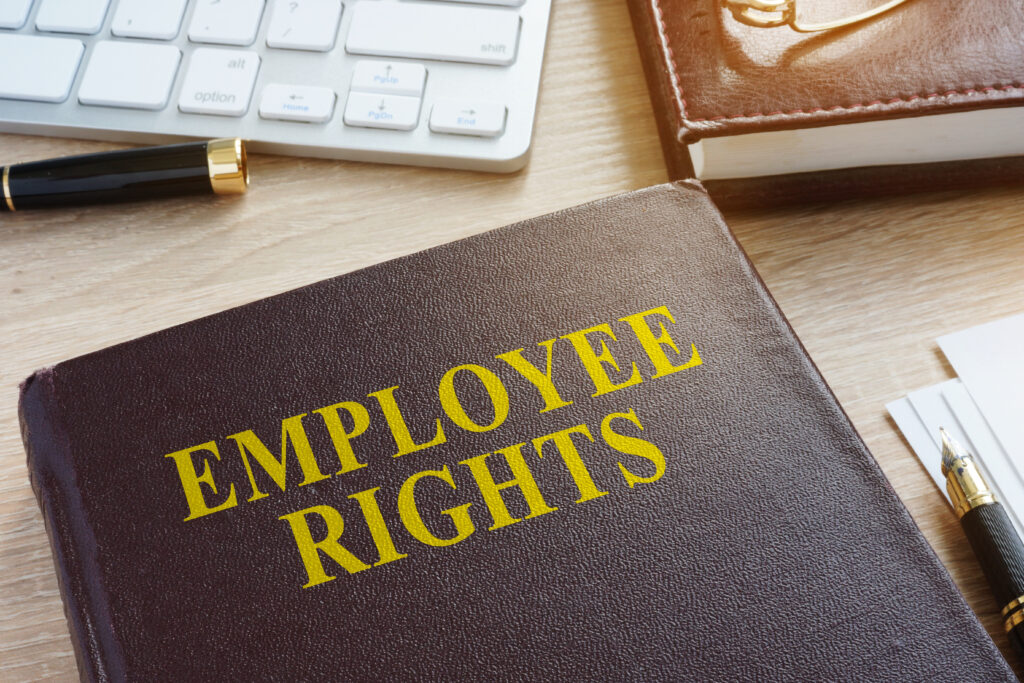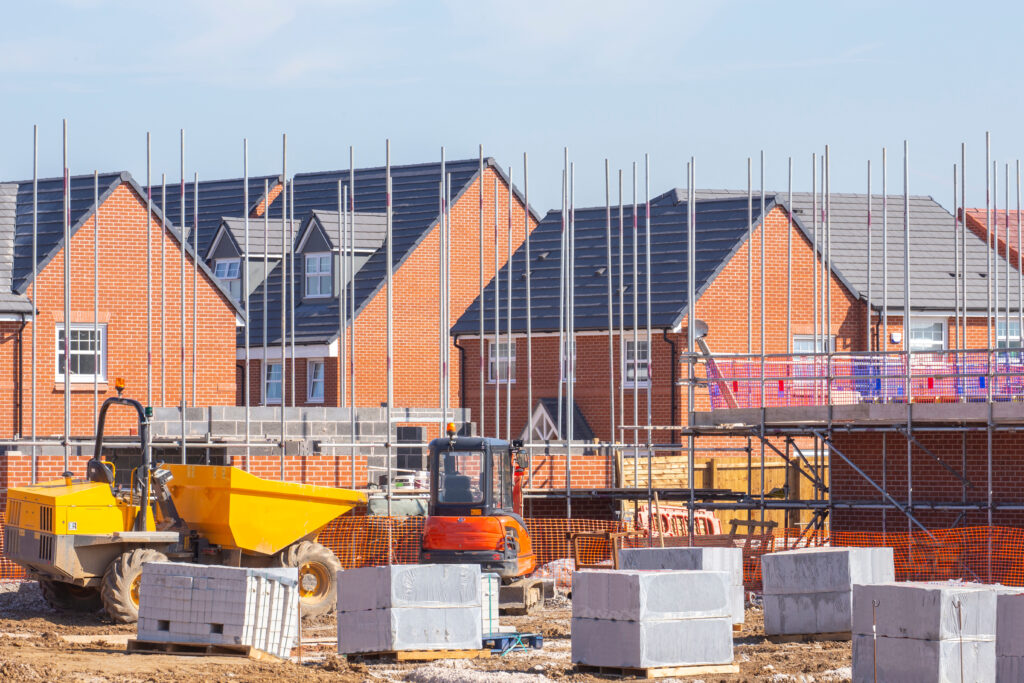Whether you’re a start up business or an established enterprise, renting a commercial property can be one of the biggest investments a business will make. When you decide to take out a commercial lease it is important to choose the lease that best suits your business and to negotiate terms at the outset which will enable your business to thrive longer term.
Here we look at the top 10 things to consider before signing a commercial lease.
1. Is the term of the lease right for my business?
The lease term length should be considered carefully, and it is important to try and agree on the right lease term for your business. A longer term may offer you security and stability but ties you to a lease that can be difficult or even impossible to get out of unless you have the benefit of an early tenant break right. Whilst a short-term lease may lead to uncertainty and potential early relocation costs.
Take into account your business plan, growth projections, and current or forecasted economic conditions to determine a realistic commitment period and make sure that your ability to assign or sublet the Lease is as flexible as possible.
2. Permitted Use
Commercial leases typically include restrictions on how the property can be used. “Permitted use” refers both to the usage allowed under planning law and to what is permitted by the lease itself—both must align with your intended use of the property.
Leases often specify certain allowable uses, so it’s important to review this carefully. A narrowly defined permitted use can limit your flexibility if your business needs change or if you plan to assign the lease to a different type of business in the future. It may also have an impact on any rent review under the Lease.
Additionally, be mindful of other restrictions that may be included in the lease, such as limitations on opening hours or prohibitions against certain activities. These clauses may exist to prevent conflicts, such as competition with neighbouring businesses.
3. Is the rent fixed for the whole of the term?
Most long-term leases include provisions for periodic rent reviews, typically every three to five years. There are different methods for conducting rent reviews, such as adjusting based on open market value or linking to inflation through indices like the RPI (Retail Price Index) or CPI (Consumer Price Index).
Understanding how rent adjustments are determined is important as fluctuations in market conditions or property assessments can lead to significant rent increases.
4. What other payments must I make?
Typically, you will be required to pay a service charge to the landlord for the maintenance and repair of the building, estate, or common areas. It’s a good idea to request copies of the service charge accounts from previous years, review the annual service charge budget, and enquire about any planned or upcoming major works, such as the installation of a new roof. You may want to think about requesting a service charge ‘cap’ to be written into your lease – a fixed annual sum over which the service charge cannot rise, so as to offer you protection and security as to the level of any such payments.
Landlords are normally responsible for organising the building insurance on their property. If the landlord is passing the costs of building insurance onto the tenant, this must also be clearly stated in the lease. You also need to be comfortable with what happens in the situation of any damage to the Property while you are a tenant of it – for example, does payment of your rents get suspended if you cannot use the Property, and do you get an opportunity to terminate the lease?
Also be aware of any additional costs you may be responsible for, such as utilities, insurance, or property taxes
5. What is my repair liability?
Repairs to commercial property can be expensive. Leases are often drafted on a “full repairing basis” meaning that you are responsible for the whole of the property you are leasing (including all the structural parts, foundations, etc) and may be responsible for putting the property into better repair than it was at the start of the lease. Therefore, it is important to assess the condition of the property and understand the extent of your repairing obligations before signing the lease.
Tenants can seek to limit their repairing obligations to the condition of the property at the start of the lease, with a photographic schedule of condition as evidence.
If the lease is particularly long, it may be worth having a building surveyor inspect the building to anticipate what the repair costs may be over the lifetime of the lease. If crucial (and likely expensive) works are due, you can negotiate on this point with the landlord, or ask that they undertake the works at their cost.
6. Can I terminate the lease early?
For several reasons, a tenant may wish to exit their lease before the term ends. A break clause can be included in the lease, allowing tenants to bring their leases to an end early. This break right can either be exercised at a fixed point during the term of the lease or exercisable on a rolling basis. Break clauses often come with strict conditions, and understanding these conditions is essential, as failure to meet them could result in the tenant losing the right to break the lease early.
7. Do I have security of tenure?
Security of tenure under the Landlord and Tenant Act 1954 is a tenant’s statutory right to remain in occupation of the property at the end of the contractual term of the lease and to renew their lease on effectively the same terms.
This provides a measure of stability for tenants who wish to stay beyond the contractual term of the lease as a landlord can only require a tenant to vacate the premises under certain limited grounds.
Many commercial landlords will exclude this right, requiring tenants to vacate or re-negotiate their lease with the Landlord at the end of the term. It is therefore important to know whether you have security of tenure or not as you may be unable to renew your lease when the current one expires.
8. Transferring Your Lease
Having the option to assign the lease is beneficial. It allows the tenant to transfer the remaining term of the lease to a new tenant. Like a break clause, the ability to assign the lease provides flexibility in the long term and could be essential if you plan to sell the business in the future. However, landlord consent is typically required for lease assignments, and that consent should not be unreasonably withheld.
While assigning the lease may seem like an attractive way to dispose of the property, it’s important to note that you may be required to guarantee the obligations of the incoming tenant through an “Authorised Guarantee Agreement” (AGA). In some cases, it might be more beneficial to exercise a break clause rather than assign the lease, if that option is available.
9. Alterations and Fit-Outs
You should make sure you have whatever rights you need to alter the property to suit your business. The lease will usually prohibit structural alterations, but you should ask for the right to make internal, non-structural alterations. You may have to get landlord’s consent each time, although they may accept that consent is not necessary as long as you keep the landlord informed.
10. Rent free periods
Landlords often offer a rent-free period at the start of a new lease as an incentive for tenants. This can provide valuable breathing room, especially if you need time or funds to fit out the new premises. Given the current market conditions, landlords are eager to secure reliable tenants, so it’s worth negotiating for the longest rent-free period possible.
By paying attention to these key points and seeking professional advice when necessary, tenants can negotiate favourable lease terms and protect their interests when leasing commercial buildings in the UK.
To discuss the content of this article, or for further advice on the issues raised, please contact us to speak to a member of our Real Estate Team.








